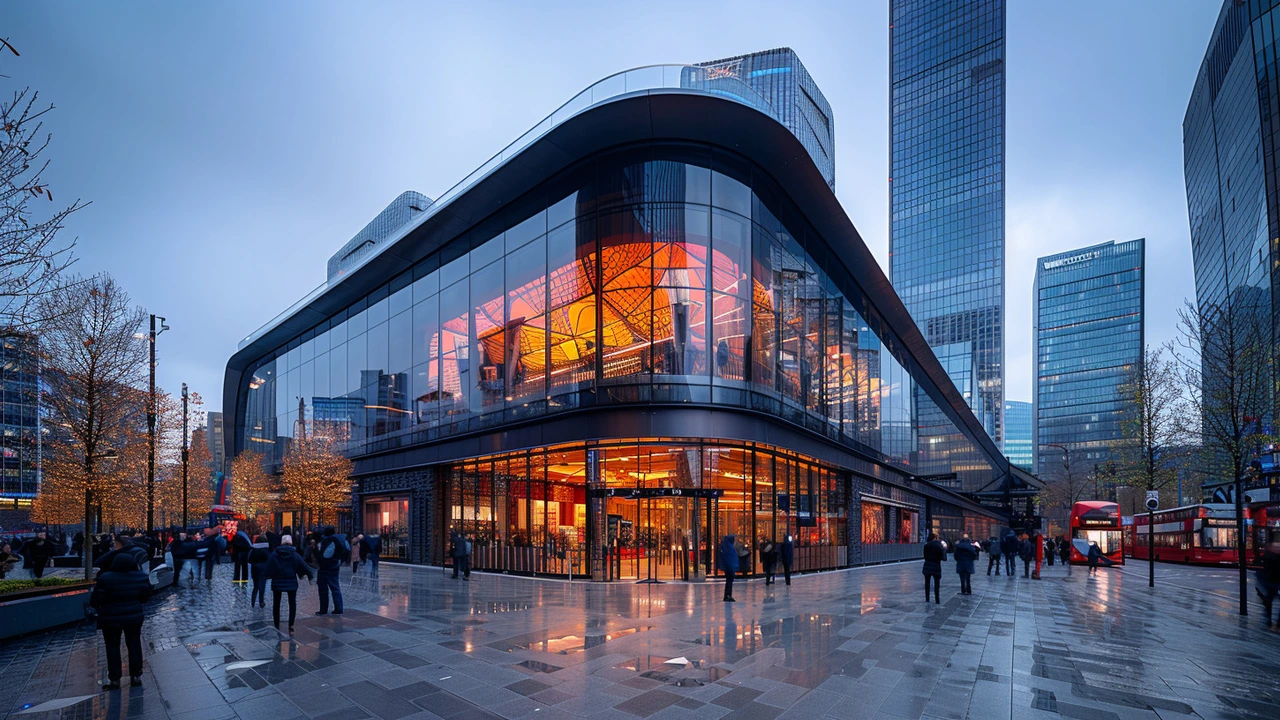Exploring High-Tech Architecture: A Blueprint for Tomorrow's Technological Utopia
 Apr, 23 2024
Apr, 23 2024
The Essence and Origins of High-Tech Architecture
High-Tech architecture, also known as Structural Expressionism, merges cutting-edge engineering with aesthetic design to create buildings that are visually entrancing and environmentally attuned. It was born out of modernist movements and grew prominent through the works of architects like Norman Foster, Richard Rogers, and Renzo Piano. This style is characterized by the exposure of a building's structure, embracing elements like steel frames, glass facades, and visible ductwork, not just for their functional traits but as part of the aesthetic appeal.
This architectural philosophy is deeply rooted in the idea of legibility; every pipe, bolt, and beam is displayed to expose the building's functionality. Its genesis aligns with the technological boom of the late 20th century, where societal shifts toward more transparent, sustainable practices echoed in the architecture. The Pompidou Center in Paris stands as a paradigm, with its exoskeletal design and color-coded utility ducts providing a dynamic user experience and adherence to the architectural philosophy of clarity and honesty.
Principle Elements of High-Tech Architecture
At the heart of High-Tech architecture are adaptability, flexibility, and sustainability. These buildings frequently feature prefabricated components that allow for a modular approach to construction. This not only streamlines the building process but also simplifies future modifications and expansions with minimal disruptions. The integration of green technologies, from solar panels to gray water recycling systems, underscores a commitment to sustainability that is indispensable in today's urbanization challenges.
Smart technologies also play a pivotal role in High-Tech buildings. Automation systems, integrated IoT devices, and advanced safety protocols are all examples of how these structures are not only residences or workplaces but highly efficient, responsive environments. Efficient heating, ventilation, and air-conditioning systems (HVAC), robotic maintenance units, and adaptive lighting systems further illustrate the harmonization of form and function in High-Tech homes and offices.
The Future of High-Tech Architecture
As urban populations swell and ecological constraints tighten, high-tech architectural strategies are increasingly relevant. The emphasis on transparent, sustainable, and adaptable design principles is likely to intensify. Future High-Tech buildings might feature more integrated natural elements, such as vertical gardens or biophilic designs, to tackle air pollution and improve the overall urban quality of life.
Advancements in materials science could lead to the development of even more dynamic and energy-efficient construction materials. New alloys, nanomaterials, and bioplastics offer potential new pathways for architectural innovation. Moreover, as AI and machine learning evolve, buildings could become more autonomous, self-regulating environments that continuously optimize their own energy usage and internal conditions, adapting real-time to the needs of their inhabitants.